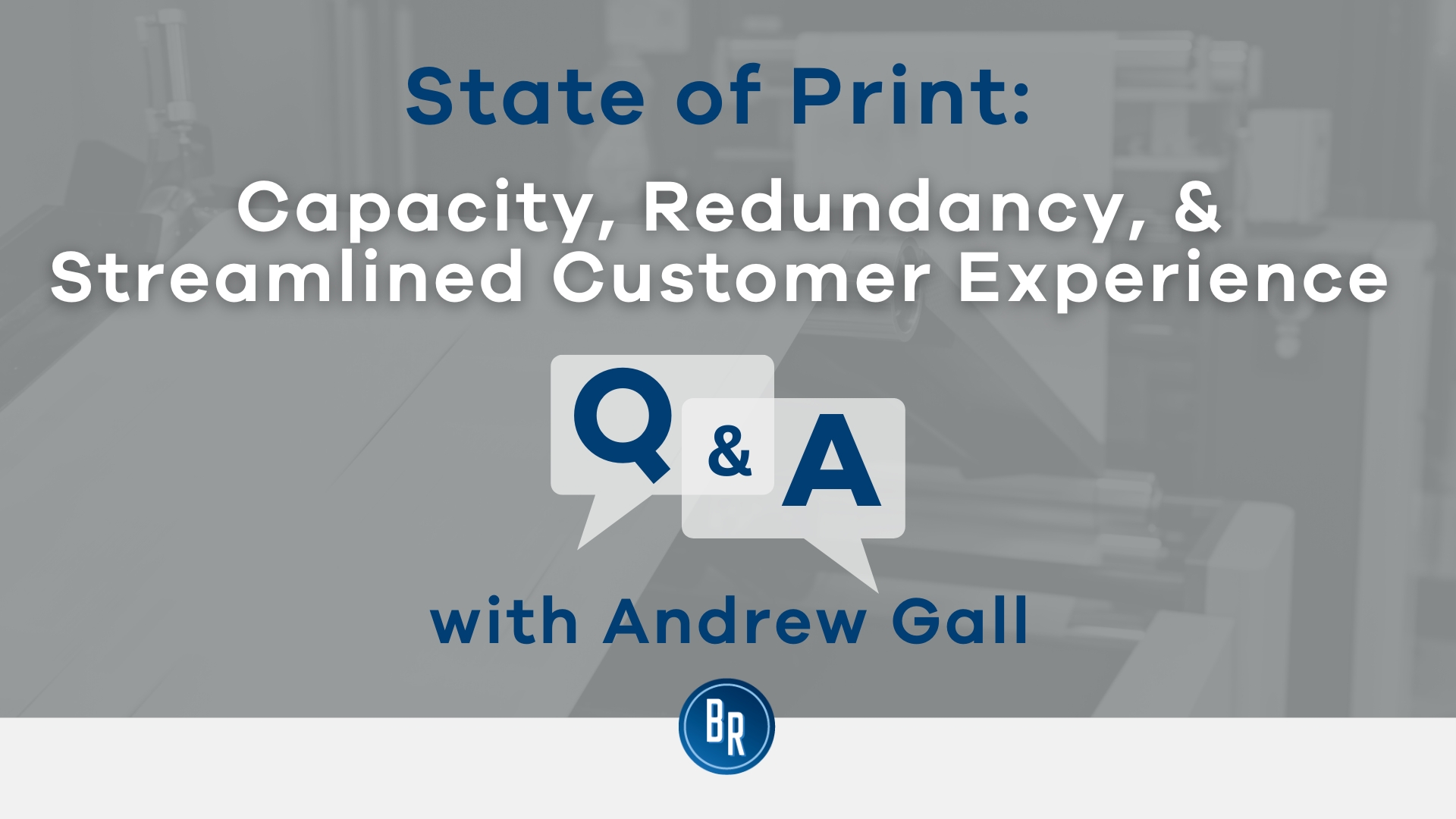Examining the Interplay Between Business Redundancy and Business Versatility for Future Growth
In the vibrant landscape of today's company globe, the detailed relationship between company redundancy and business flexibility arises as a critical element for sustained development and success. Business usually face the challenge of striking a delicate balance between preserving a degree of redundancy to alleviate dangers and promoting flexibility to react promptly to the ever-evolving market needs.
Importance of Business Redundancy
Company redundancy is a vital aspect that improves business durability and reduces operational risks. By integrating redundancy steps within the organizational framework, companies can much better hold up against unexpected disruptions and variations in business environment. Redundancy works as a critical barrier, enabling companies to adapt and react successfully to unexpected challenges without endangering crucial procedures.
One secret aspect of the importance of firm redundancy is its function in making sure continuity throughout times of dilemma. When confronted with unexpected changes or emergency situations, repetitive systems, sources, or personnel can tip in to keep vital functions and prevent prevalent interruptions. This continuity not just safeguards the business's credibility and consumer depend on but additionally lessens monetary losses and operational downtime.

Methods for Business Versatility

Creating versatile business structures that enable for quick modifications to market dynamics and consumer demands is necessary for remaining affordable in a quickly developing environment. By proactively recognizing possible interruptions and opportunities, companies can proactively adapt and thrive in an ever-changing service landscape.
Balancing Redundancy and Flexibility
Attaining a harmonious equilibrium in between functional redundancy and business adaptability is critical in navigating the intricacies of a dynamic organization setting. Striking the best equilibrium in between redundancy and adaptability is a delicate process that requires a deep understanding of the company's goals, market dynamics, basics and risk resistance.
To accomplish this balance, companies need to conduct regular assessments of their operations to identify areas where redundancy is necessary for risk reduction and where adaptability can drive advancement and growth. Executing versatile structures, fostering a page society of continual understanding and enhancement, and motivating open communication across all degrees of the organization are crucial methods to harmonize redundancy and versatility properly. By aligning these 2 vital aspects, companies can position themselves for sustainable development and success in an ever-changing organization landscape.
Case Research Studies on Adaptation Success
In checking out circumstances of effective organizational adaptation, it becomes apparent that the interplay between operational redundancy and versatility is a specifying variable in forming resistant businesses. A DVD rental service, Netflix demonstrated remarkable adaptability by transitioning into a streaming platform when digitalization disrupted the industry. These instance researches highlight the relevance of functional redundancy paired with business flexibility in promoting long-lasting growth and competitiveness.
Building Resilience for Future Development
Structure strength for future development calls for a calculated positioning of operational processes with market characteristics and arising patterns. Business must adjust to transforming settings by cultivating a society of versatility, innovation, and continual renovation. Durability involves not just jumping back from problems but additionally proactively getting ready for future obstacles. One key facet of structure resilience is spending in durable risk monitoring methods to mitigate possible interruptions. This includes situation planning, expanding supply chains, and creating contingency prepare for numerous contingencies (who pays redundancy money).
Additionally, fostering solid connections with stakeholders, such as customers, employees, distributors, and the area, is crucial for weathering uncertainties and preserving count on and support during rough times. Efficient interaction and openness play an important role in building strength, as they assist assist in and line up expectations collaboration in browsing uncertainties.
Furthermore, companies require to click this focus on discovering and development campaigns to upskill employees and equip them with the essential devices to adjust to altering circumstances. By buying their workforce, companies can enhance their versatility and agility, ultimately enhancing their durability for sustainable future development.
Conclusion

In the vibrant landscape of today's company globe, the elaborate relationship in between firm redundancy and organizational versatility arises as a critical aspect for sustained development and success. Companies frequently encounter the challenge of striking a fragile equilibrium in between preserving a level of redundancy to alleviate risks and fostering adaptability to react quickly to the ever-evolving market demands.To achieve this equilibrium, business require to carry out regular evaluations of their operations to recognize areas where redundancy is needed for danger reduction and where versatility can drive technology and development.In final thought, the interaction in between company redundancy and business flexibility is crucial for future growth. Structure resilience with a combination of redundancy and adaptability will make certain that firms are prepared for the difficulties of the future.